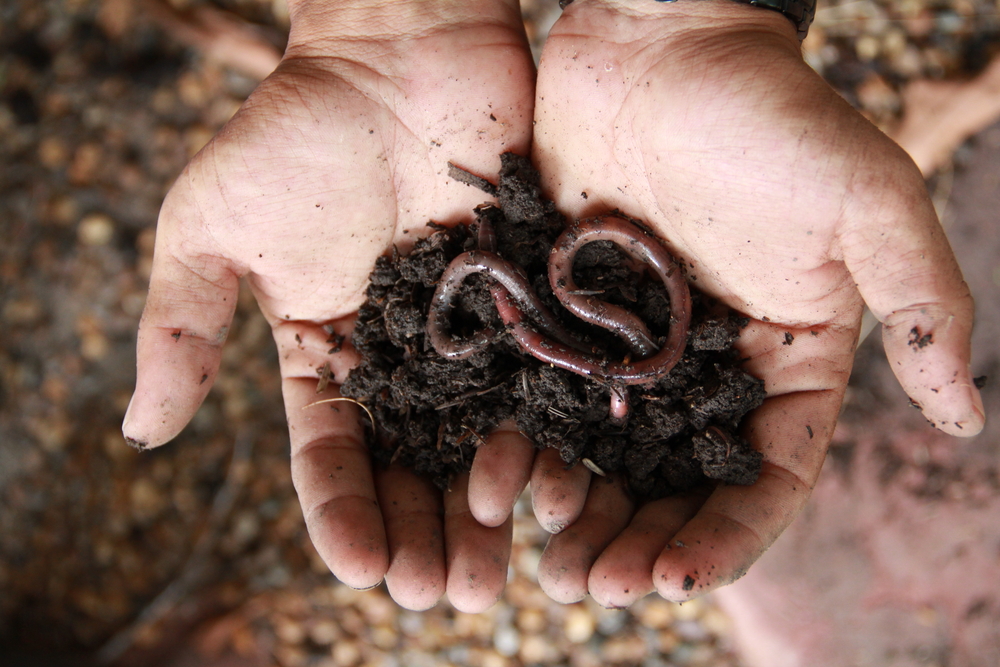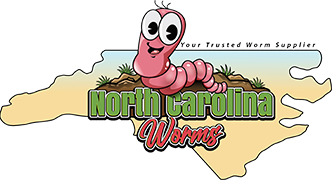North Carolina Worms - Truths
Table of ContentsThe 2-Minute Rule for North Carolina WormsWhat Does North Carolina Worms Mean?The Facts About North Carolina Worms UncoveredAn Unbiased View of North Carolina Worms
Example: 1-gallon of worm spreadings to 4 gallons of potting mix. 1/2 mug in the bottom of the planting opening for smaller sized plants. 1 cup for larger plants.

The enhancement of tea can also add raised microbial biomass to your dirt. You can always side-dress your plants with worm castings at any moment. Just keep in mind, the microorganisms will die if exposed to UV rays (Sun), so be sure to cover the spreadings with an inch or so of dirt.
This baffled them for years till the testing approaches ended up being better. They located that plant development and wellness showed a Bell Contour. It would certainly improve(with even more castings), degree off, and after that decrease. They were perplexed. They finally uncovered that excess plant-growth hormones were the wrongdoer. As well several worm castings would certainly accelerate the development to a pace that the plant might not recoup from.
Unknown Facts About North Carolina Worms
Many herbicides function on this very same principle. So, 20% by quantity seems to be the "Sweet Spot". I have expounded the merits of worm castings for about 2000 words. What about the opposite side of the coin? Nothing is perfect. Worm castings are no different. It takes time to create quality worm castings.
Worm castings absolutely cost even more than chemical fertilizers. Worm spreadings are on the more affordable end of organic plant foods. (50 gallons per year) It is a much more difficult and really costly investment to produce huge amounts of worm spreadings.

As a matter of fact, developing a healthy and balanced dirt might be the best benefit of worm castings. Healthy and balanced soil was discussed and just how crucial this has come to be to everybody. The leading ten advantages of worm castings were additionally provided. We discussed worm spreadings NPK and likewise the proper nutrient evaluation that must relate to worm spreadings.
What Does North Carolina Worms Mean?
Ultimately, we spoke about a few of the drawbacks connected with worm spreadings. I covered a whole lot of product in this article. There are a great deal of links (interior and outside). If you would like more info on a specific subject, please click via the web links to get more information. As constantly, really feel cost-free to comment or ask questions.
The vertical burrows are normally open, although the worms top the leading with deposit and waste matter. Origins need oxygen for their development, whereas they generate carbon dioxide that requires to leave the soil.
Earthworms boost porosity by 2 devices: (1) by developing irreversible burrows, and (2) by improving soil aggregation. Gathering is enhanced by the mixing of soil and natural matter in the earthworms' intestines. Lake Rhodhiss Bait. These extremely steady aggregates are deposited by some earthworms in their burrows, and by others at the surface area of the soil


In an additional study, earthworms were estimated to take in 4 to 10 percent of the top 6 inches of the soil every year. This only mosts likely to reveal the enormous amounts of soil that can be refined by earthworms. Dirt compaction lowers the porosity of the dirt. Because earthworms increase porosity, they decrease the effects of compaction.
The Ultimate Guide To North Carolina Worms
Normal earthworm populations can conveniently eat 2 loads of dry issue per acre each year, partially absorbing and mixing it with dirt. The significance of earthworms to mix surface deposit with soil ends up being really clear in soils that do not have any earthworms. Many of our Pennsylvania soils contend least some earthworms, and the result of their total absence, consequently, can not be kept in mind.
They live mainly from partially disintegrated natural issue that is already incorporated in the soil. They consume their means via the soil, producing horizontal burrows that they load with their excrement. These species ingest large amounts of dirt that they blend with digested crop deposit in their intestines. or anecic types live in permanent vertical burrows that can be 5 or 6 feet deep.
Their burrows remain open, although they cap the leading with plant residue that they draw to the entryway. These species ingest substantial quantities of soil that they combine with digested residue in their intestines. Their waste matter is primarily transferred at the surface of the dirt. The nightcrawler Lumbricus terrestris is one of the most popular participant of this group.
Comments on “Getting The North Carolina Worms To Work”